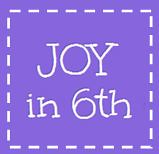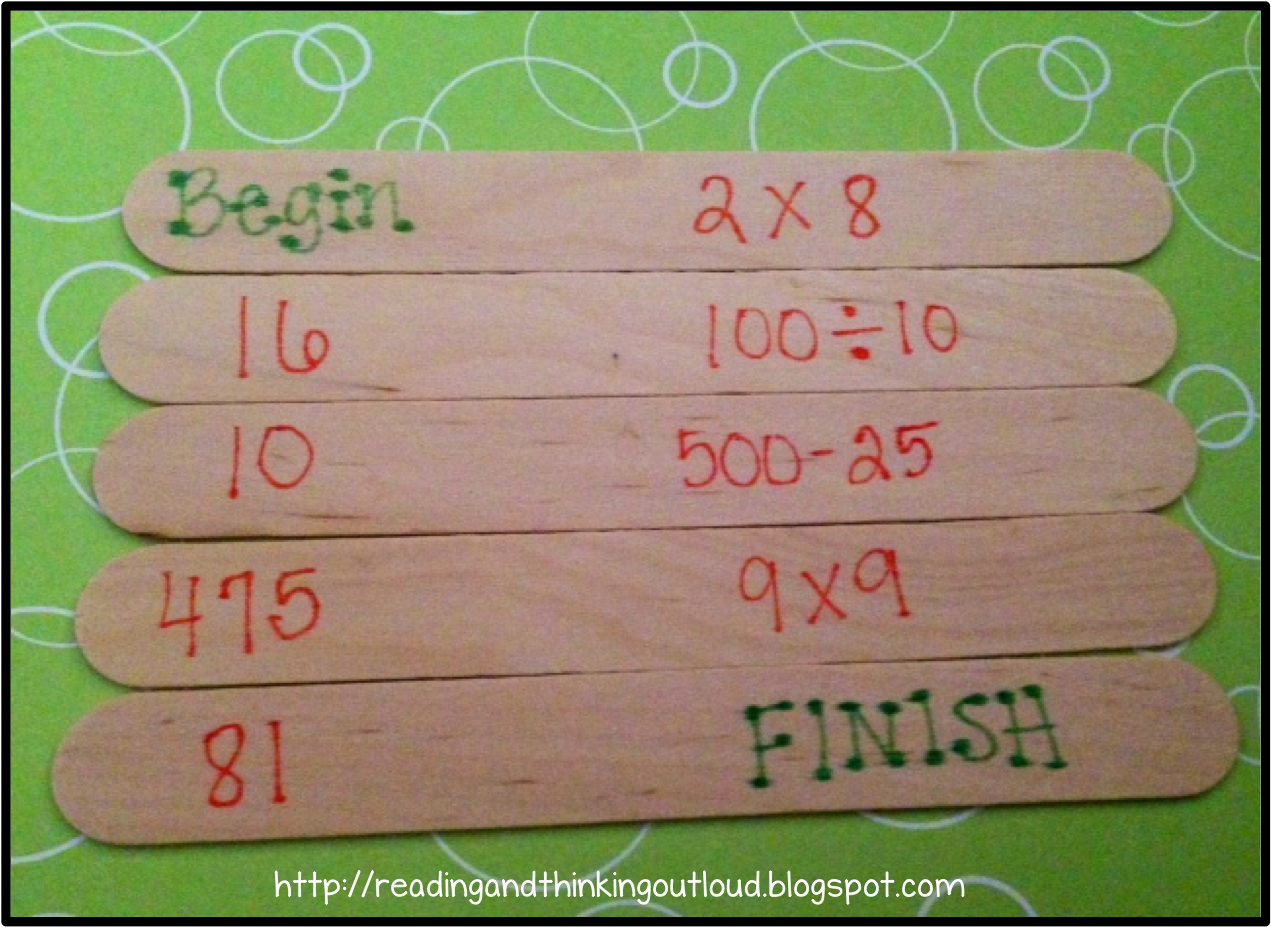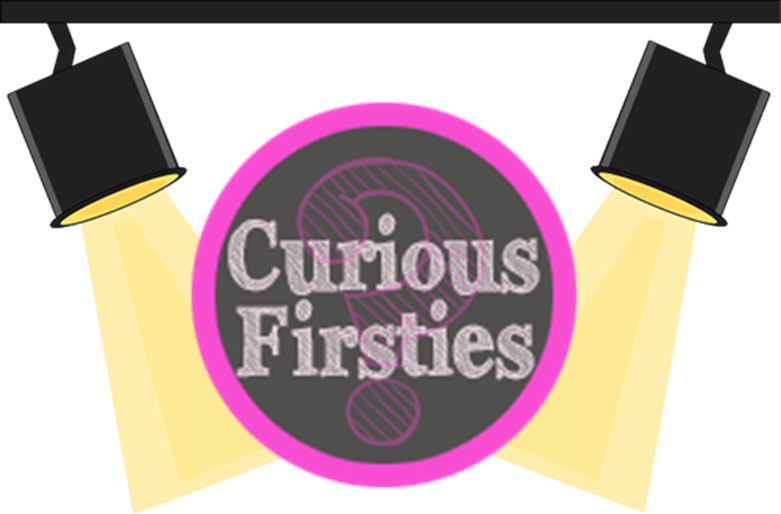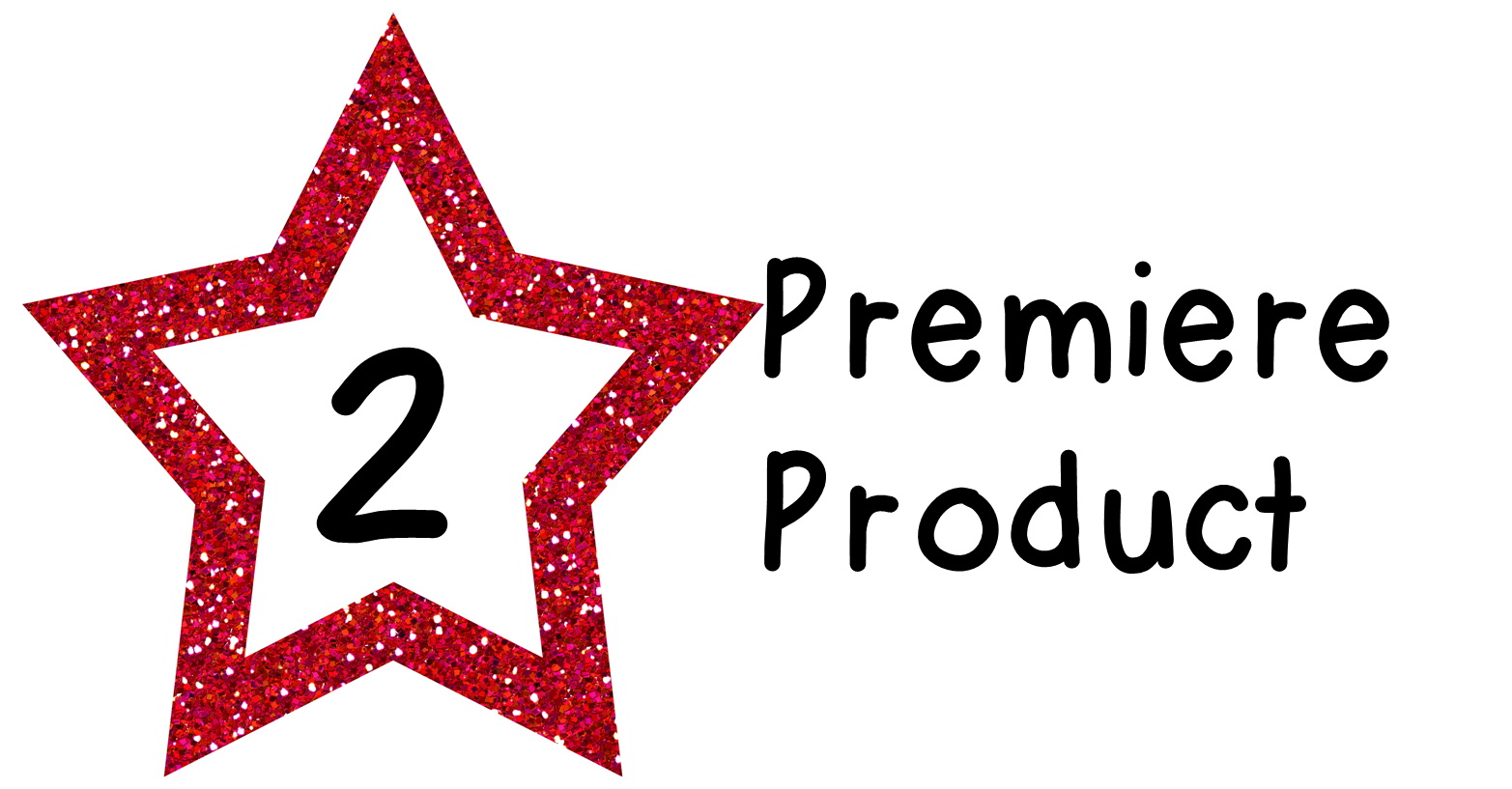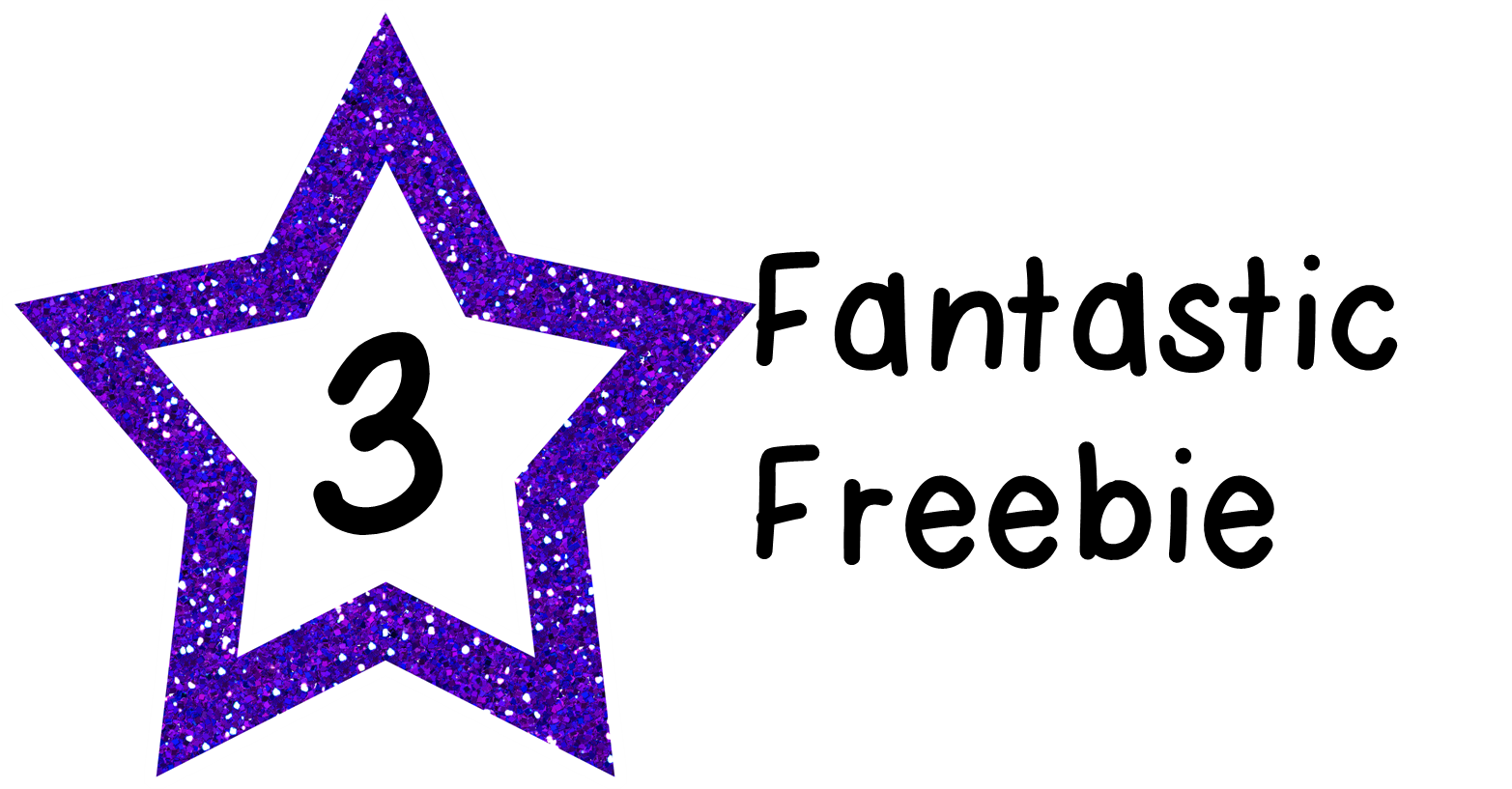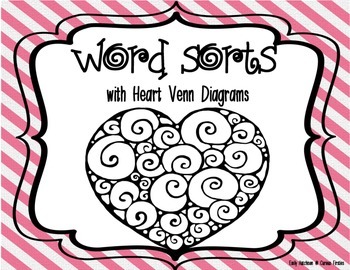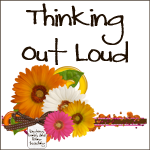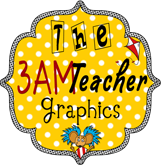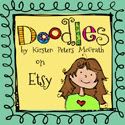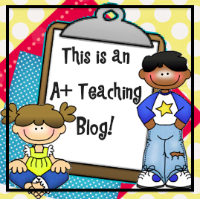I truly believe that reading is a gift that we, as teachers, give our students. We give this gift each day when we teach student sight words, vocabulary, and comprehension strategies. We give the gift when we get excited about the read aloud book that day. We give that gift when we recommend books to our students. We give that gift when we hang on their every word as they share about the books they are reading.
In appreciation for all that you do each day to promote the love of reading, I am participating in the Gift of Reading blog hop. Each blogger has posted a freebie (for the duration of the blog hop) and also has a giveaway going with a Rafflecopter. Enjoy the freebies and best of luck in the giveaways!
In the current issue of Reading Today, Brenda Overturf cited a disturbing statistic in her article "Interrupting the Cycle of Word Poverty:"
"According to a the most recent report of the National Center for children in Poverty, 45% of
children in the United States live in low-income households. Twenty-two percent live in actual
poverty."
Children from low income environments hear less words than children coming from professional households "creating a 32 million word gap between children in poverty and their more affluent peers before even starting school." How can we combat this tremendous gap? She recommends creating "an environment where students are immersed in though-provoking vocabulary, [reading] intriguing text aloud, [playing] games with vocabulary, and [encouraging] students to think about words in metaphorical ways."
All of that sounds great, but how does that look in a classroom? How do you make that happen with everything else that you are supposed to be doing on a daily basis? My dear friend and I came up with a strategy to explicitly teach students vocabulary. We call it "Interactive Vocabulary." I had the pleasure of presenting this strategy with her today at our state reading conference. Below you will find a packet of information that breaks down each step in the strategy. The packet of information will be a forever freebie. Below that you will find the mini-unit I taught my third graders that uses this strategy (freebie for this weekend only). The unit shows the vocabulary strategy in action with example think alouds and activities that help the students make the words their own.
I hope that you give the strategy a try! Don't forget to complete the rafflecopter entries for $10 Teachers Pay Teachers gift certificate. Check out the next stop in the hop by visiting JD's Rockin' Readers.
Whatever Happened to Common Courtesy?
3 weeks ago


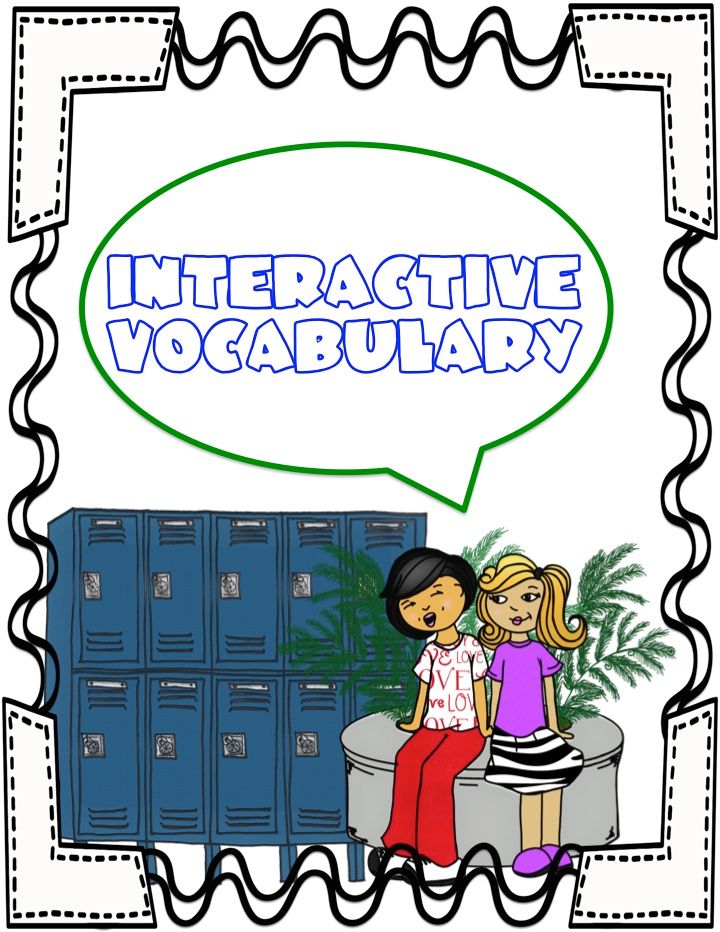




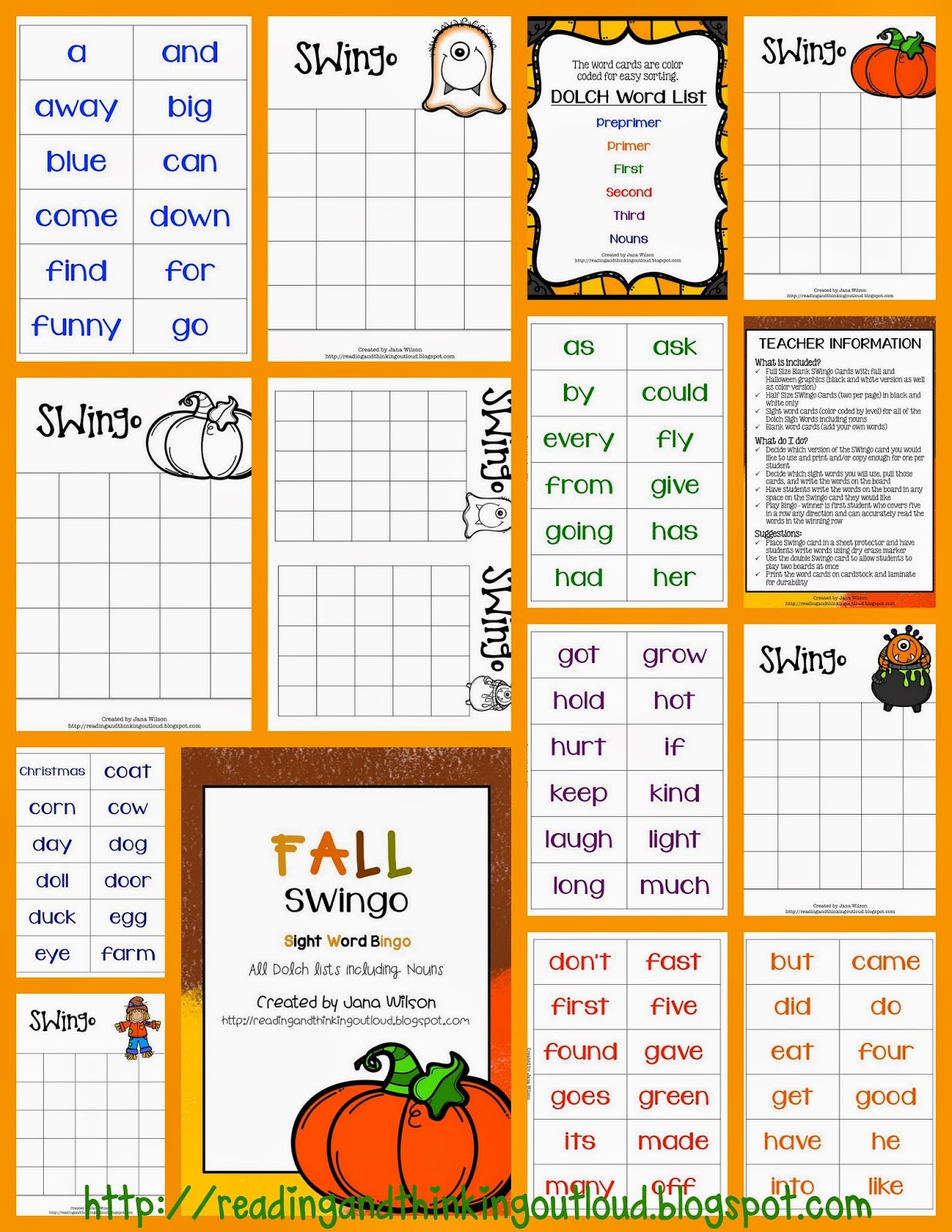



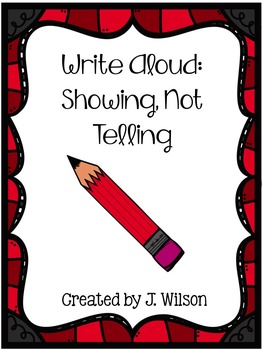
.png)


















